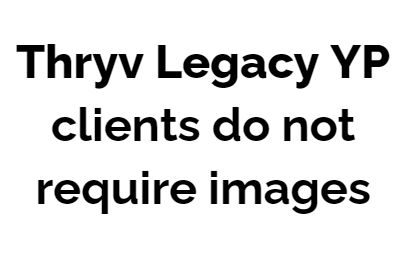7 Factors to Consider When Choosing a Fence
A well-designed fence can protect personal belongings and boost the value of your property. A fence is also the first thing people see when visiting your home. Because of this, you want to choose your fence carefully — especially since you have so many options. Use the following factors to select a fence that suits your needs.
1. Maintenance
First, calculate the time you can set aside to maintain your fence. Alternatively, determine the cost of maintaining your fence. If you don't have the budget or the time to maintain the fence, select a type of fence that doesn't require regular upkeep. Generally, a fence should not require regular cleaning and repairs.
2. Privacy
How much privacy do you want to have for your home? If you prefer total privacy from all your neighbors, go for a tall fence. Tall fences will help ensure that neighbors and passersby can't see you. On the other hand, a short fence may be perfect if privacy isn't a concern for you.
3. Security
Security is necessary for all homes, but it is a more significant factor in neighborhoods with high crime rates. If you’re concerned about security, consider a fence that burglars can't easily destroy and enter your home. That means the fencing material must be strong to withstand excessive force. A tall fence is also more secure because people can't look into the compound to see if you are not around.
4. HOA Rules
If you live in a homeowners association (HOA), review your HOA’s rules. Some of the rules may concern the installation, replacement, or repair of fences in the neighborhood. For example, the rules may require specific fencing materials, styles, or heights. Also, you may have to get a permit before you can install the fence.
Even if you don’t have neighborhood regulations, you may still want to consult with your neighbors for the sake of courtesy. In addition, double check the property lines so that the fence doesn't infringe on another person’s property.
5. Budget
The choice of materials, length of fence, and other factors will determine the budget for your fence. Specifically, you have to determine the cost of the materials, installation costs, removal fees, and permit fees. You may also need to spend money on renting equipment for the fencing project. Furthermore, you may need money to rent a truck to transport the materials to the site.
6. Climate
Each fencing material and design works best in a specific climate. For example, wood fences don't perform well in places with high moisture and humidity, and some fences can melt or lose integrity in extreme heat.
Consider the wind patterns as well as the severity of winters, summers, and storms when choosing a fence.
7. Landscape
You need to properly understand the existing landscape to install a durable fence. Trees, tree roots, shrubs, and bushes can significantly hinder fence installation. Hence, you may have to get a creative fence design to avoid uprooting. Luckily, most fence installers can put up a fence among existing plants.
Your future plans for the landscape are also vital. For instance, you may want to grow plants near the fence and blend the plants with the yard. Share these plans with the fence installer to create a cohesive and long-term fencing solution.
Once you are ready to install the fence, the next task is to find a licensed, bonded, and insured fence installer. Capital City Iron Works has all these qualities and can deliver custom fences. We also design gate operators, railings, and stairways. Contact u s to benefit from our quality craftsmanship and quick delivery.








